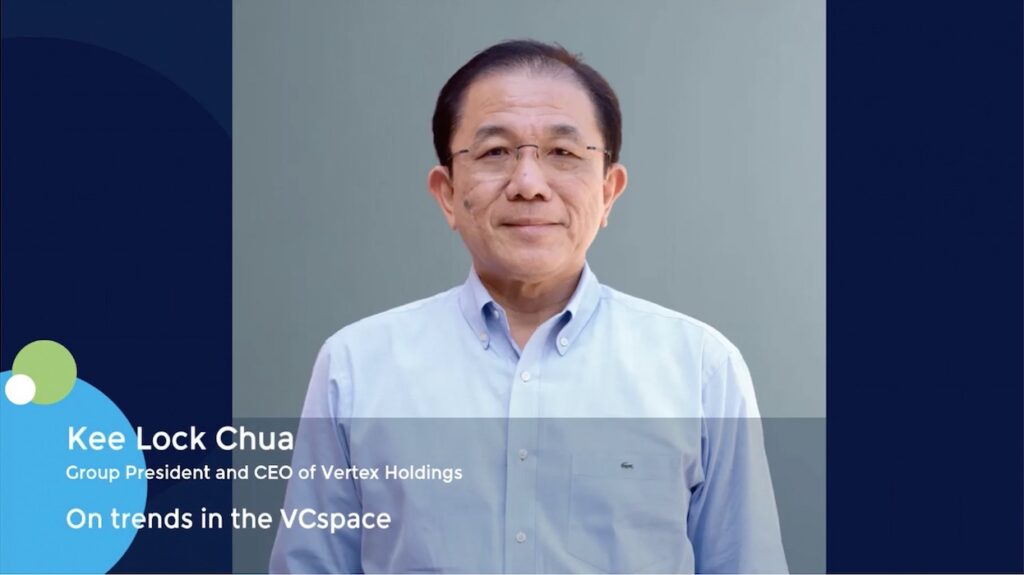Chai Chi Kit, Chief Investment Officer at Seatown, on identifying opportunities in SEA sustainability investments
Chai Chi Kit, the Chief Investment Officer at Seatown, participated in a fireside chat hosted by Giovanni Amodeo. The discussion covered a range of topics, focusing on investment strategies, sustainability, and the evolving landscape of Southeast Asia. Here are the key points and topics discussed during the interview:
Background and Role at Seatown
- Chai Chi Kit’s Career Journey: Chai shared his extensive experience in the investment sector, including roles at Ping An Asset Management and Texas Teachers, before joining Seatown.
- Seatown’s Position: Seatown is an alternative asset manager based in Singapore, managing around $4 billion in assets. It operates under the Temasek ecosystem, focusing on both public and private market strategies.
Investment Strategies and Insights
- Differentiated Approach: Chai emphasized the importance of not treating all investors the same, highlighting the need for tailored strategies based on the unique needs and processes of different LPs (Limited Partners).
- Communication and Transparency: Effective communication and high-quality, timely information are crucial for maintaining strong relationships with institutional investors. Chai stressed the importance of proactive communication, especially during challenging times.
ESG and Sustainability
- ESG Integration: Seatown has a dedicated ESG committee that evaluates investments based on various sustainability criteria, including labor practices, board diversity, and carbon footprint.
- Financial Materiality: Chai explained that while Seatown is not an impact fund, it considers the financial implications of a company’s sustainability practices, ensuring that ESG factors are integrated into investment decisions.
Private Credit and Market Trends
- Growth of Private Credit: Seatown recently closed its second private credit fund, reflecting growing investor demand for this asset class. Chai discussed the advantages of private credit, including higher returns and lower volatility compared to public credit.
- Bespoke Financing: In Asia, private credit deals are often bespoke, offering flexibility and tailored solutions to borrowers, which can lead to higher yields and better downside protection.
Buy and Build Strategy
- ASEAN Opportunities: Chai highlighted the potential for buy-and-build strategies in the ASEAN region, particularly in fragmented industries like healthcare and business services. This approach involves consolidating smaller companies to create larger, more robust platforms.
- Operational Improvements: Seatown focuses on improving the operations of its portfolio companies, leveraging its integration team to enhance margins and drive growth.
Talent and Alignment
- Talent Acquisition: Finding and developing talent is crucial for the success of portfolio companies. Seatown supports its companies by providing expertise and resources to help them grow.
- Alignment with LPs and Portfolio Companies: Ensuring alignment of interests is key. Seatown often seeds its products with its own capital and works closely with LP advisory committees to address potential conflicts.
Future Outlook
- Sustainability in Private Credit: While private credit is not typically seen as a vehicle for driving sustainability, Seatown incorporates ESG considerations into its lending practices.
- Market Evolution: Chai discussed the potential for more standardized deals in the future but noted that bespoke financing will continue to play a significant role in Asia.
- Exit Strategies: Mid-sized companies offer multiple exit channels, including IPOs, trade sales, and sales to other sponsors or corporates.
Conclusion: Chai Chi Kit provided valuable insights into Seatown’s investment strategies, the importance of ESG integration, and the evolving opportunities in Southeast Asia. His emphasis on tailored approaches, effective communication, and operational improvements underscores Seatown’s commitment to delivering value to its investors and portfolio companies.
Key Timestamps:
00:09 Introduction to the Fireside Chat
01:20 Understanding Seatown and Its Operations
02:15 Transitioning from LP to GP Perspective
03:04 Key Insights on Managing Investor Relationships
05:32 The Importance of Alignment in Investments
06:17 Communication Strategies with Institutional Investors
07:54 Approach to ESG and Sustainability
09:29 Diversity of ESG Metrics Across Regions
10:57 Aligning Incentives with Portfolio Companies
13:06 Operational Improvements in Investment Strategies
17:21 Expansion into Private Credit Business
18:08 The Evolution of Public Credit
20:31 Understanding Public Credit Dynamics
23:01 Sustainability in Private Credit
23:53 Buy and Build Strategy in Asia
26:24 The Future of the Seatown brand
27:59 Tailoring Solutions for Limited Partners











